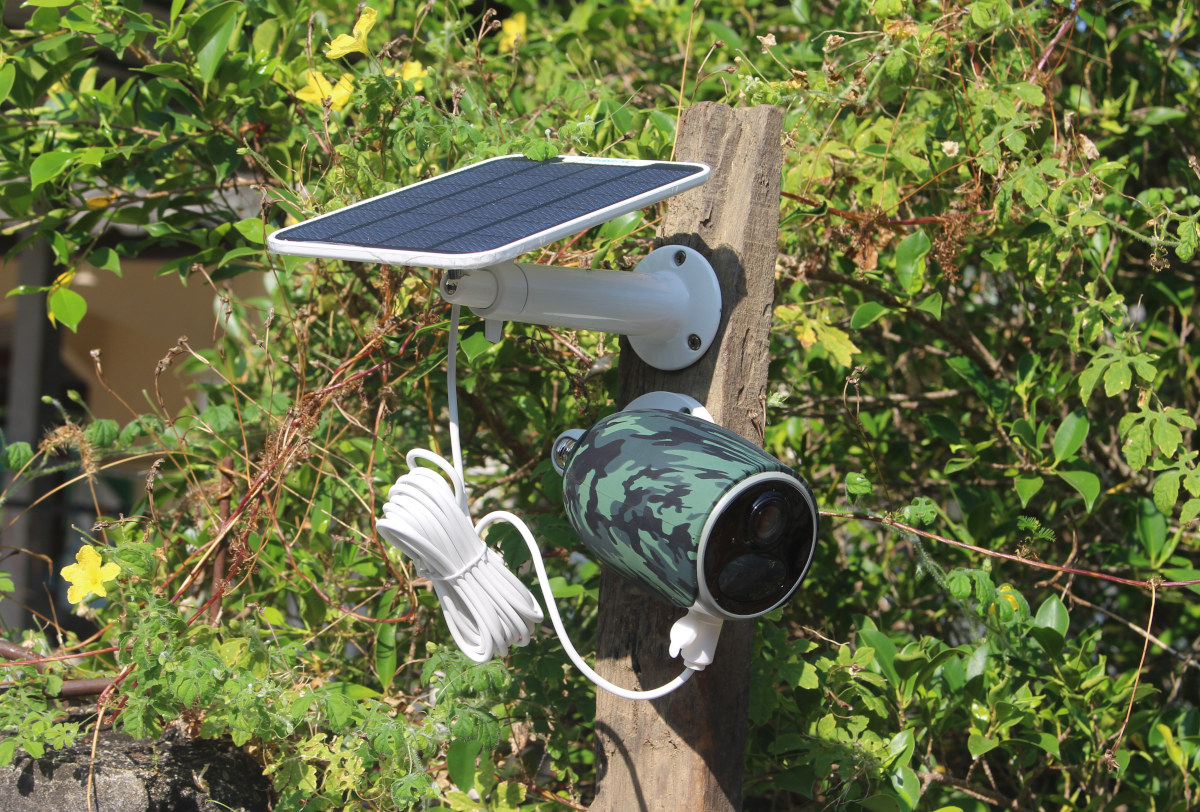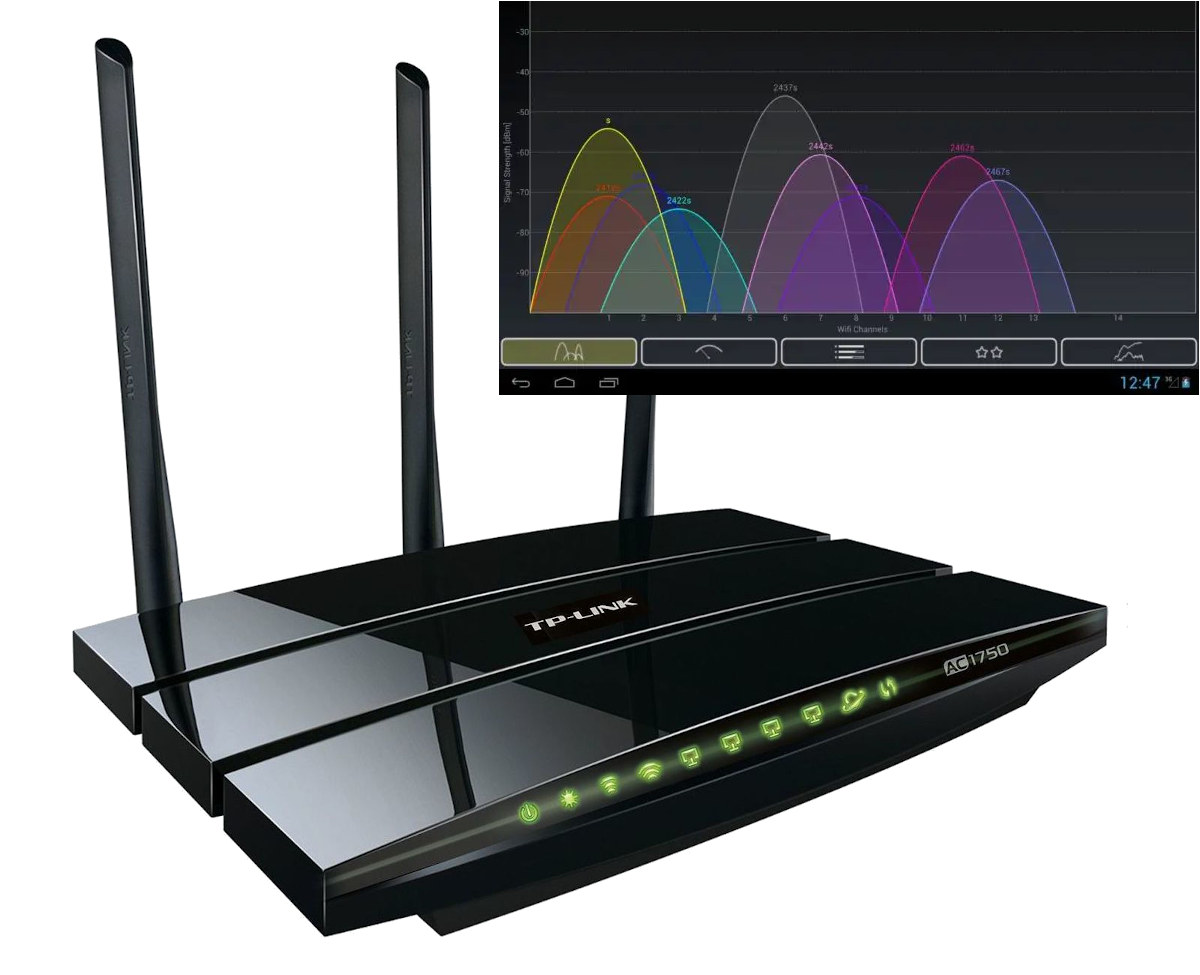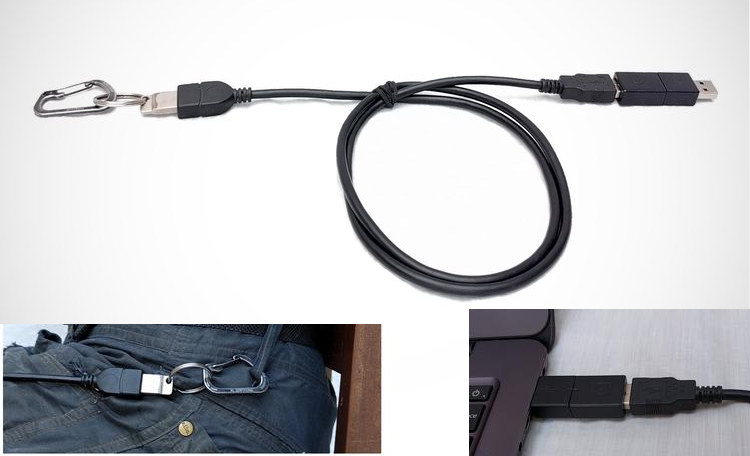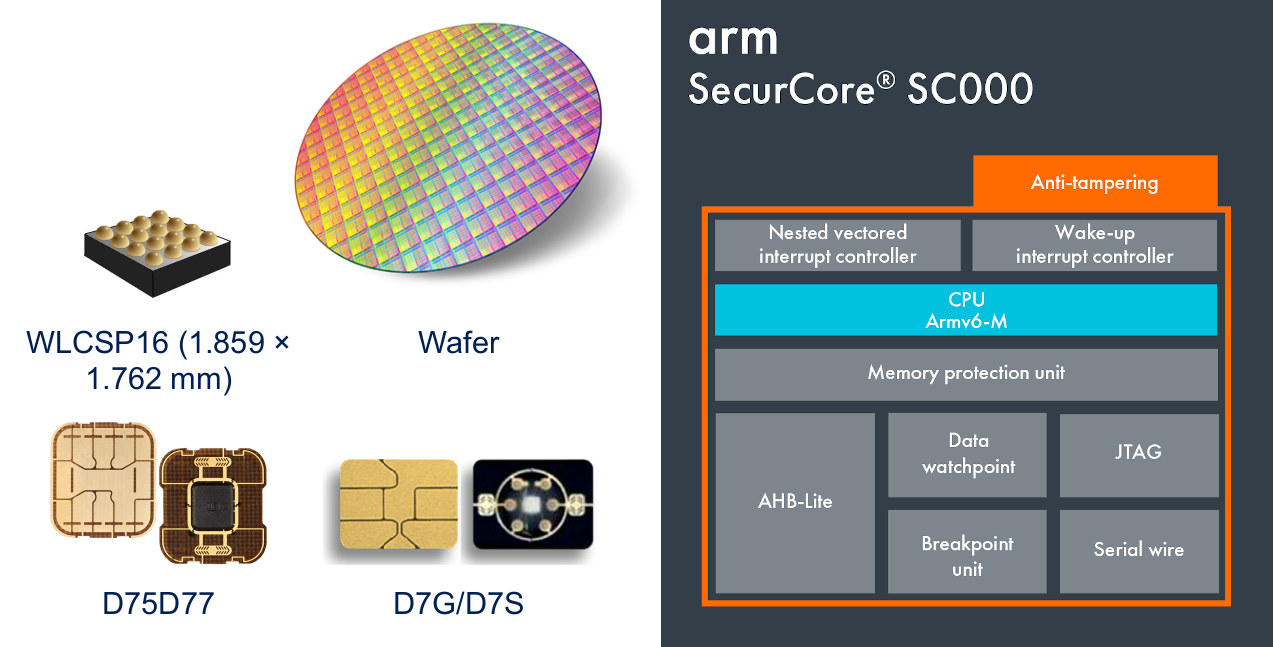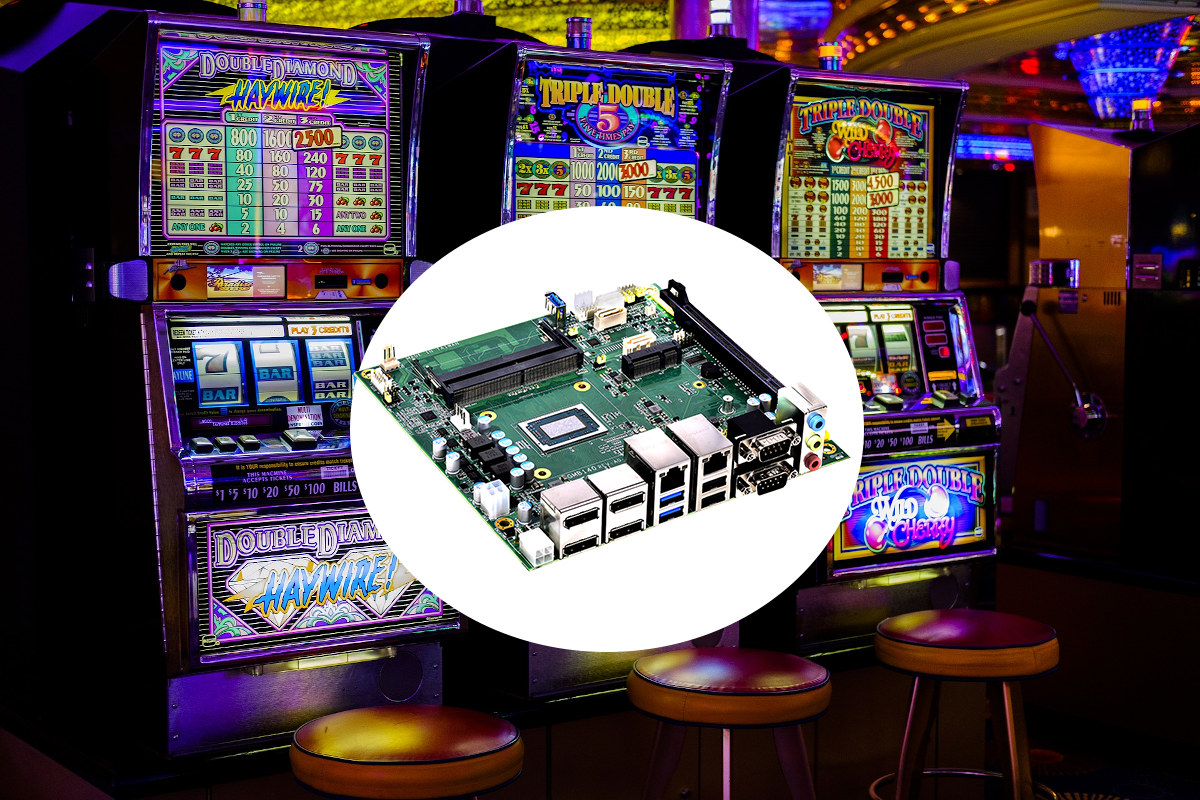Calling all software developers, hardware designers, product security engineers, QA, engineering managers, and executives in the field to participate in a global, industry-wide survey. With nearly 50 new CVEs found every day in 2021, 90% of hospitals hacked, and cybersecurity attacks constantly in the headlines, it’s time to take stock of security preparedness in IoT. Timesys, an industry pioneer in embedded software and cybersecurity for embedded, is taking on that challenge. And to get a better understanding of where IoT device manufacturers are in their cybersecurity journey, Timesys has launched a global, industry-wide survey. The entire survey is only ten questions and should take under five minutes to answer. The survey includes driving factors for security, security processes being implemented, specific technologies being used, security challenges companies are facing, and more. It’s designed to be a broad survey, geared toward developers, security teams, and engineering managers. Take the survey here. […]
Reolink Go Plus 4G review – Part 2: A Solar-powered 4G LTE security camera with person & vehicle detection
Last month, I received Reolink Go Plus 4G smart security camera with 4G LTE connectivity, vehicle/human detection support, and powered by a solar panel. In the first part of the review, I did an unboxing, added the camera to the Reolink Android app, and confirmed it worked with my DTAC SIM card. I’ve now installed the camera and had time to test more of its features, so I can report my experience with the security camera. Reolink Go Plus 4G camera and solar panel installation I wanted to use the camera near the gate that’s outside of (reliable) WiFi range. So I found a piece of hardwood to which I attached the mounts of the camera and solar panel… … and attached it to the wall. My current installation works for testing, but it’s not the most secure as the camera is quite visible and only placed a little over […]
(Some) TP-Link routers enable hidden networks by default. Is that an issue?
There are plenty of security issues with many routers including firmware that is seldom upgraded, opened (telnet) port with the default password, and the list could go on. But Jahed Ahmed recently wrote about an issue I had not heard of before: his TP-Link router shows two hidden networks in 2.4 GHz and 5 GHz bands that he only discovered after running WiFi Analyzer on his phone. He did not enable those networks, so that was the default configuration from the firmware. That could potentially pose a security risk, contributes to WiFi spam, and Jahed also mentions a waste of energy although the extra power consumption is probably limited, even when scaled to millions of users. So why is TP-Link doing this? Apparently for their OneMesh mesh wireless network system and device including range and powerline extenders that users may want to use. Other users have been reporting this issue […]
Reolink Go Plus 4G smart security camera with solar panel – Unboxing and first setup
I’ve received several Reolink IP cameras either connected over WiFi or Ethernet, but the company has just sent me Reolink Go Plus 4G security camera together with a solar panel that would let me access the camera from anywhere with cellular network connectivity. Reolink Go Plus integrates a 4MP camera and supports person and vehicle detection, just like Reolink RLC-810A model I reviewed earlier this year. I have three Reolink cameras, and I’m somewhat satisfied except that the connection to WiFi cameras is often unreliable, and I have to rely on Cloud backup to play video captures most of the time. The Ethernet-connected Reolink RLC-810A has a much more reliable connection. So I’ll have to see if the Reolink Go Plus camera is more accessible over 4G LTE than WiFi cameras. I’ll start the review by checking out the packages and going through the initial setup for the Reolink Go […]
BusKill USB kill cord protects data on Linux, Windows, Mac OS devices
Data is can be extremely valuable, so Alt Shift designed the BusKill USB kill cord that will automatically execute a user-configurable trigger when your machine is physically separated from you. It can be especially useful to journalists and activists that may get their devices seized by the government, crypto traders, military personnel, or travelers with sensitive data. BusKill is basically just a USB cable attached to the computer via a magnetic breakaway and to the user, for instance to a belt loop, and that will trigger a configurable Python script if the cable is detached while BusKill software is armed. BusKill is made up of four hardware components with a custom magnetic breakaway, a standard USB extension cable, and a USB thumb drive attached to a carabiner via a keyring. I could not find a clear explanation for the USB thumb drive in this system, but I can only assume […]
STMicro ST31N600 Arm SecurCore SC000 microcontroller includes biometric security, energy harvesting
Today, I’ve learned about an Arm core family I’d never heard about: the Arm SecurCore family for smartcard and embedded security applications. The Arm SecurCore SC000 (Cortex-M0 based) and Arm SecurCore SC300 (Cortex-M3 based) have been around for years, but they’ve just been brought to my attention with STMicro ST31N600 secure microcontroller announcement. Manufactured with STMicro’s 40nm eSTM technology, the ST31N600 is designed for contact and contactless payment cards, ID cards, and transport ticketing thanks to circuitry for energy harvesting, and support for EMV ISO 7816, ISO 14443, and ISO 18092 standards. STMicro also introduced ST31N500 and ST31N400 microcontrollers with less flash memory, but other the same specifications as ST31N600: MCU Core – Lockstep 32-bit Arm SecurCore SC000 up to 60 MHz Memory – 16 KB of user RAM Storage with 25-year retention, 500,000 erase/write cycle endurance ST31N600 – 608 KB ST31N500 – 512 KB ST31N400 – 416 KB RF […]
ESP32-C3 AWS IoT ExpressLink module & devkit aim to ease connection to AWS IoT services
Amazon and Espressif have launched another wireless module with the ESP32-C3 AWS IoT ExpressLink module together with a development kit supporting out-of-the-box AWS IoT connectivity, following their earlier collaboration with the launch of the ESP32-PICO-V3-ZERO Alexa Connect Kit Module last summer. Also called the “ESP32-C3-MINI-1-N4-A”, the ESP32-C3 AWS IoT ExpressLink module implements the AWS IoT ExpressLink specification and provides AWS IoT Core connectivity to a host MCU via AT commands over a UART interface. Pre-provisioned and pre-programmed with ease integration the module supports WiFi configuration, messaging, OTA, and device management. The compact (16.6 x 13.2mm) ESP32-C3 module is currently offered as part of the ESP32-C3-AWS-ExpressLink-DevKit development board following the Arduino Zero board form factor allowing it to be plugged into the Arduino board, or easily connect to other host systems such as the Raspberry Pi. The goal is to simplify the deployment of IoT solutions removing the need for […]
AMD Ryzen V1000/R1000 Mini-ITX board is made for game arcades, slot machines
Axiomtek GMB140 is a compact Mini-ITX motherboard powered by AMD Ryzen Embedded V1000/R1000 processor and mostly designed for gaming applications, as well as medical imaging, interactive kiosks, control rooms, and video surveillance. But when we’re not talking about your kids playing games at home here, but instead slot machines, arcade systems, and electronic gaming machines (EGM) powered by the GMB140 board with a PCIe interface for gaming I/O modules, and optional support for a 9-bit serial port for the SAS 6.02 protocol. Axiomtek GMB140 mini-ITX board specifications: SoC – AMD Ryzen Embedded V1000/R1000 quad-/dual-core “Zen” processor with Radeon Vega graphics either: AMD Ryzen Embedded V1807 w/ VEGA 11 graphics AMD Ryzen Embedded V1756 w/ VEGA 8 graphics AMD Ryzen Embedded V1605 w/ VEGA 8 graphics AMD Ryzen Embedded V1202 w/ VEGA 3 graphics AMD Ryzen Embedded R1606 w/ VEGA 3 graphics AMD Ryzen Embedded R1505 w/ VEGA 3 graphics System […]



